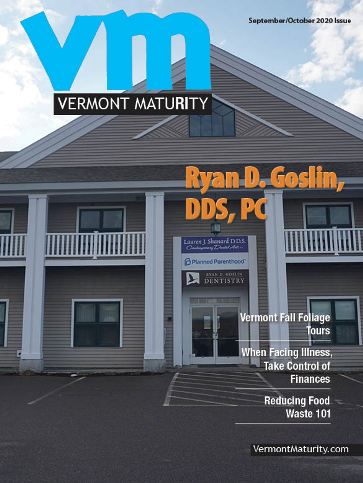
Like everyone, you want to remain physically and financially independent throughout your life. But if you lose some of this freedom, the last thing you’d want is to become a burden on your family. How can you keep this from happening?
First of all, you need to be aware of the risk. Someone turning 65 today has almost a 70 percent chance of eventually needing some type of long-term care, according to the U.S. Department of Health and Human Services. Of course, this doesn’t necessarily mean that you face that 70 percent likelihood. In reality, you have either a zero percent chance of requiring long-term care (you’ll never need it) or a 100 percent chance (you’ll definitely need it).
Nonetheless, if you think you’ve got that zero percent chance, you’re taking a gamble – and it could be a big one, because long-term care is expensive. The median annual cost for a private room in a nursing home is over $102,000, according to Genworth, an insurance company. Other long-term care services, such as those provided by a home health care aide, also don’t come cheaply.
Furthermore, you can’t count on Medicare paying all these costs – in fact, it would probably only cover a small portion of a nursing home stay and provide limited assistance for home health care. So, if you were financially unprepared for the expense of long-term care, the burden might fall on your loved ones. This could be a big financial challenge, in two ways.
First, if a family member had to become your caregiver, this individual might have to abandon a career, or at least substantially reduce their working hours. Not only would this result in a loss of income, but it could also lower the amounts that could be contributed to a 401(k) or similar employer-sponsored retirement plan.
Second, if your family members couldn’t leave their jobs or cut back on their hours, or they were simply unable to provide the type of long-term care you need, they might be forced to pay for a nursing home stay or home health care worker out of pocket.
To avoid these outcomes, you have a couple of options:
Self-Insure
You could conceivably “self-insure” against the costs of long-term care by devoting a portion of your investment portfolio specifically to this purpose. However, if at some point you require admission to a nursing home, it may require a significant commitment of your resources.
Purchase Protection
Over the past decade or so, there’s been an increase in the types of long-term care protection vehicles available. These instruments vary widely in cost and in what they cover, but by choosing a protection option, you may greatly lower the financial risk you might face. By consulting with a financial professional, you should be able to find an arrangement that’s appropriate for your situation.
Preserving your financial independence and helping protect that of your family should be a key financial goal. And you can make progress toward accomplishing this by recognizing the potential cost of long-term care and taking steps to deal with it.
Aaron Glosser is a certified financial planner for Edward Jones. He can be contacted at 802.655.5512 or Aaron.Glosser@edwardjones.com. His office is on Water Circle in Colchester.
Related Articles & Free Subscription

How to Make Your Money Last During Retirement
Knowing Risk Tolerance at Different Stages of Life







Comment here